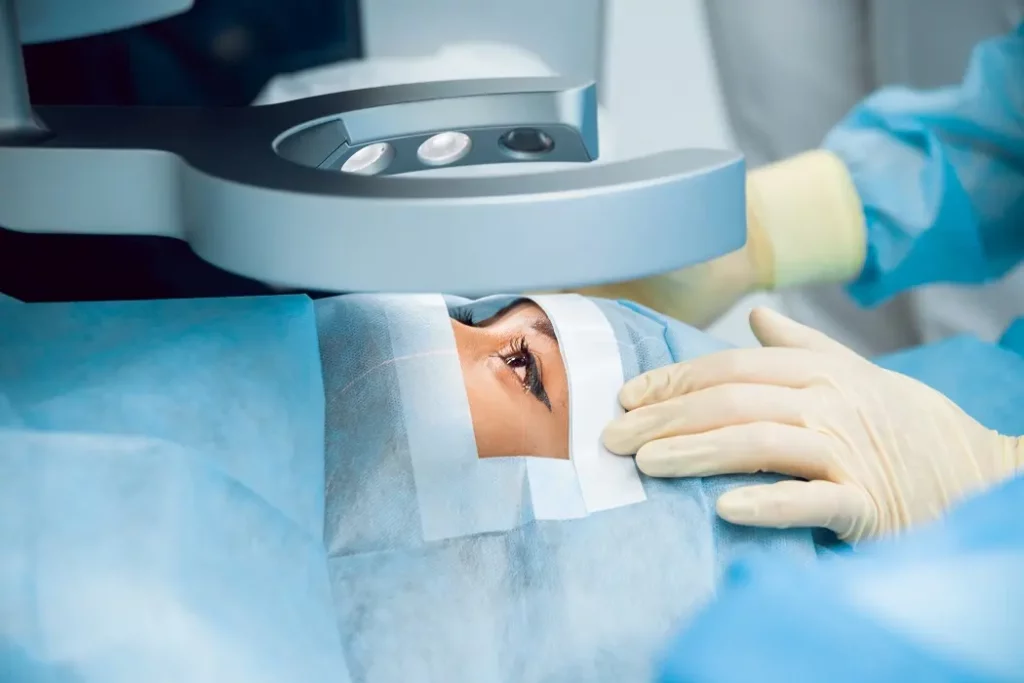All Categories
Featured
Table of Contents

Normal eye exams are essential for preserving good vision and detecting possible eye wellness concerns early. Nevertheless, the regularity of these exams can differ significantly based on an individual's age, lifestyle, and general health and wellness. Comprehending the recommended routine for eye tests can aid make certain that individuals of all ages get proper care and tracking for their eye wellness.
Newborns and Toddlers (0-2 Years)
For babies and kids, eye examinations are critical for detecting any type of prospective vision problems early on. The American Academy of Ophthalmology recommends that a youngster's initial eye test ought to happen at around six months old. Throughout this initial check out, the eye care specialist will certainly analyze the child's aesthetic growth and look for any kind of apparent eye concerns.Following this very first exam, it is recommended that kids have one more eye test at age three. This see will certainly concentrate on evaluating the youngster's overall aesthetic feature, including eye alignment and the ability to track objects. If no concerns are spotted, the next examination must be arranged before the kid starts college, generally around age five or 6.
School-Aged Youngsters (6-18 Years)
When children reach college age, regular eye tests need to be scheduled every one to two years. Vision is important for learning and development, and several colleges conduct vision testings. These testings do not replace a thorough eye test by an eye care professional.For children associated with sporting activities or activities needing considerable aesthetic emphasis, annual eye exams may be advisable. In addition, if a child shows signs of vision problems-- such as problem reading, squinting, or regular headaches-- a visit to the eye physician must be arranged asap.
Young Grownups (19-39 Years)
Young person normally have fewer vision adjustments than older age, however normal eye tests continue to be important. The basic referral is to arrange an eye exam every two years during this period. However, individuals with details threat variables-- such as a family background of eye illness, diabetic issues, or those who put on call lenses-- need to take into consideration yearly eye exams.Furthermore, those that spend considerable time on electronic devices may experience electronic eye stress. If signs such as dryness, exhaustion, or obscured vision take place, it might be important to see an eye treatment professional earlier.
Adults (40-64 Years)
As individuals enter midlife, the chance of establishing vision problems rises. Adults aged 40 to 64 should schedule eye tests each to 2 years. This age may start to experience presbyopia, a natural age-related problem that makes it challenging to concentrate on close items. Eye examinations can also aid identify various other usual age-related problems such as glaucoma, cataracts, and macular deterioration.If individuals in this age team have risk factors like high blood pressure or diabetes, they may require more frequent exams to monitor their eye health very closely.
Senior Citizens (65 Years and Older)
For senior citizens, routine eye examinations end up being also more essential. The American Optometric Association suggests that people matured 65 and older have an eye examination at the very least annually. Older grownups go to a greater danger for numerous eye diseases, consisting of cataracts, glaucoma, and age-related macular degeneration. Early discovery and treatment of these problems can avoid vision loss and enhance the top quality of life.Verdict.
Comprehending the proper schedule for eye exams based on age is crucial for preserving optimal eye health throughout life. By adhering to these standards and consulting with an eye care professional, individuals can take positive actions towards maintaining their vision and general health and wellness.Table of Contents
Latest Posts
Find Out Why Chicago Drivers Select Montclare Auto Repair for Trusted Service and Significant Savings
Published en
1 min read
Reasons Routine Car Maintenance at Montclare Auto Repair Reduces Costs
Published en
1 min read
Identifying When Your Car Needs Professional Auto Repair at Montclare Auto Repair
Published en
1 min read
More
Latest Posts
Find Out Why Chicago Drivers Select Montclare Auto Repair for Trusted Service and Significant Savings
Published May 25, 25
1 min read
Reasons Routine Car Maintenance at Montclare Auto Repair Reduces Costs
Published May 25, 25
1 min read
Identifying When Your Car Needs Professional Auto Repair at Montclare Auto Repair
Published May 24, 25
1 min read